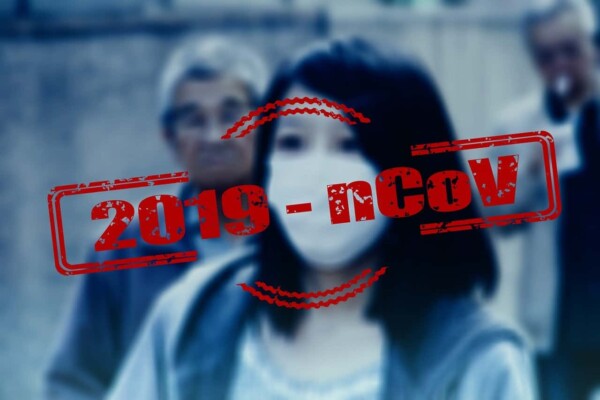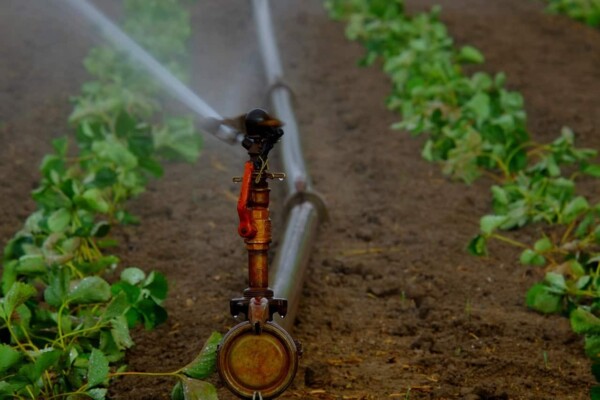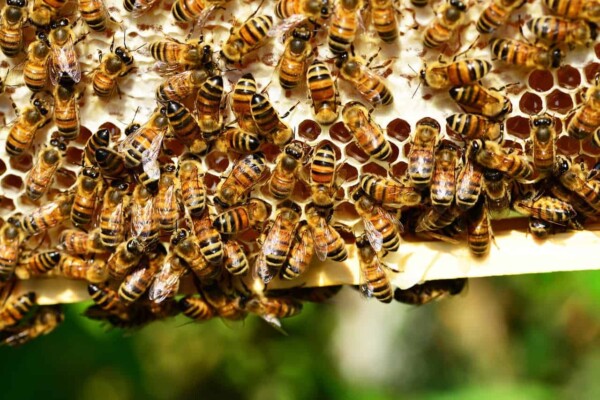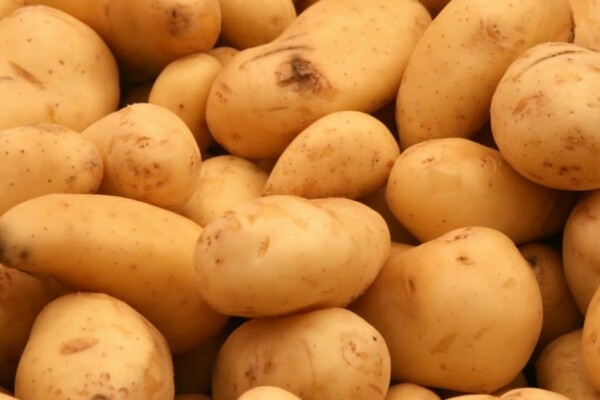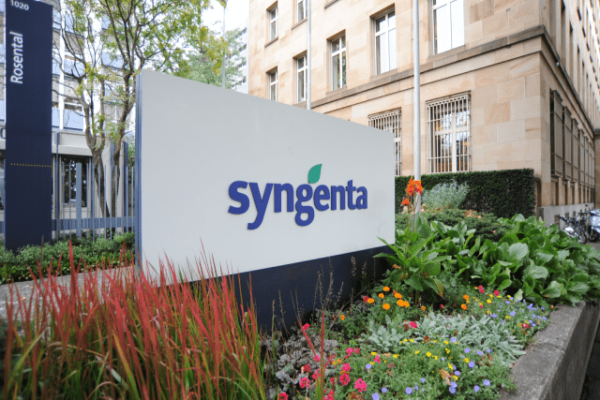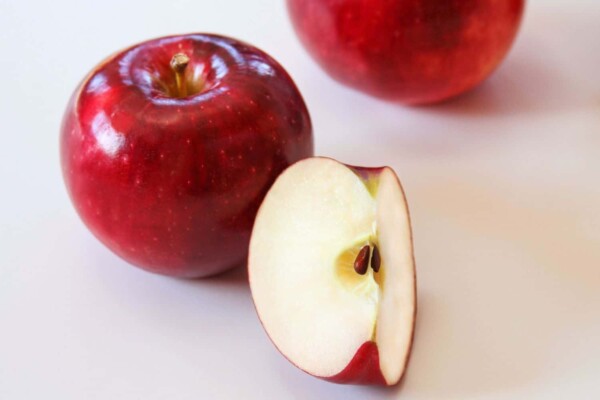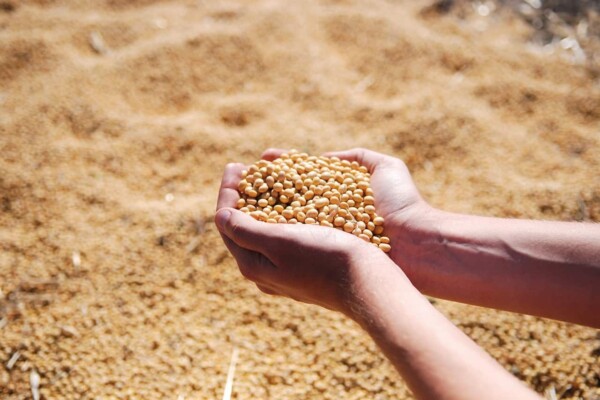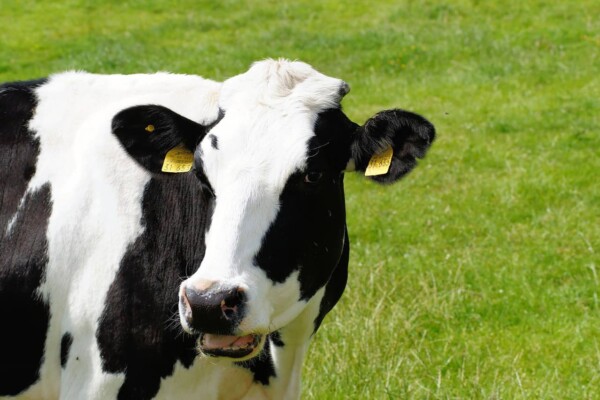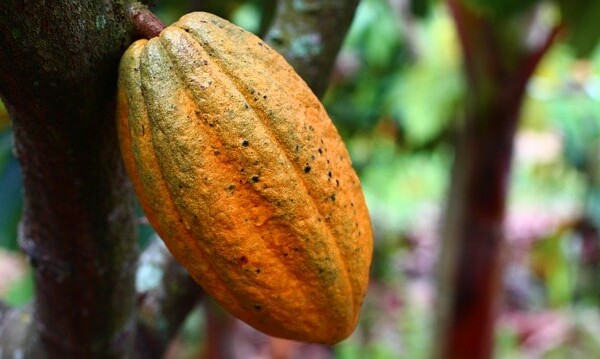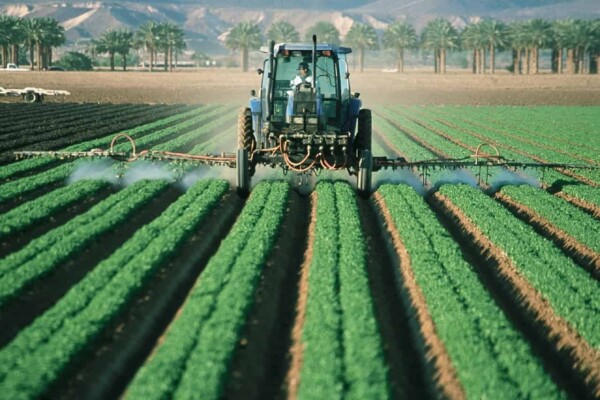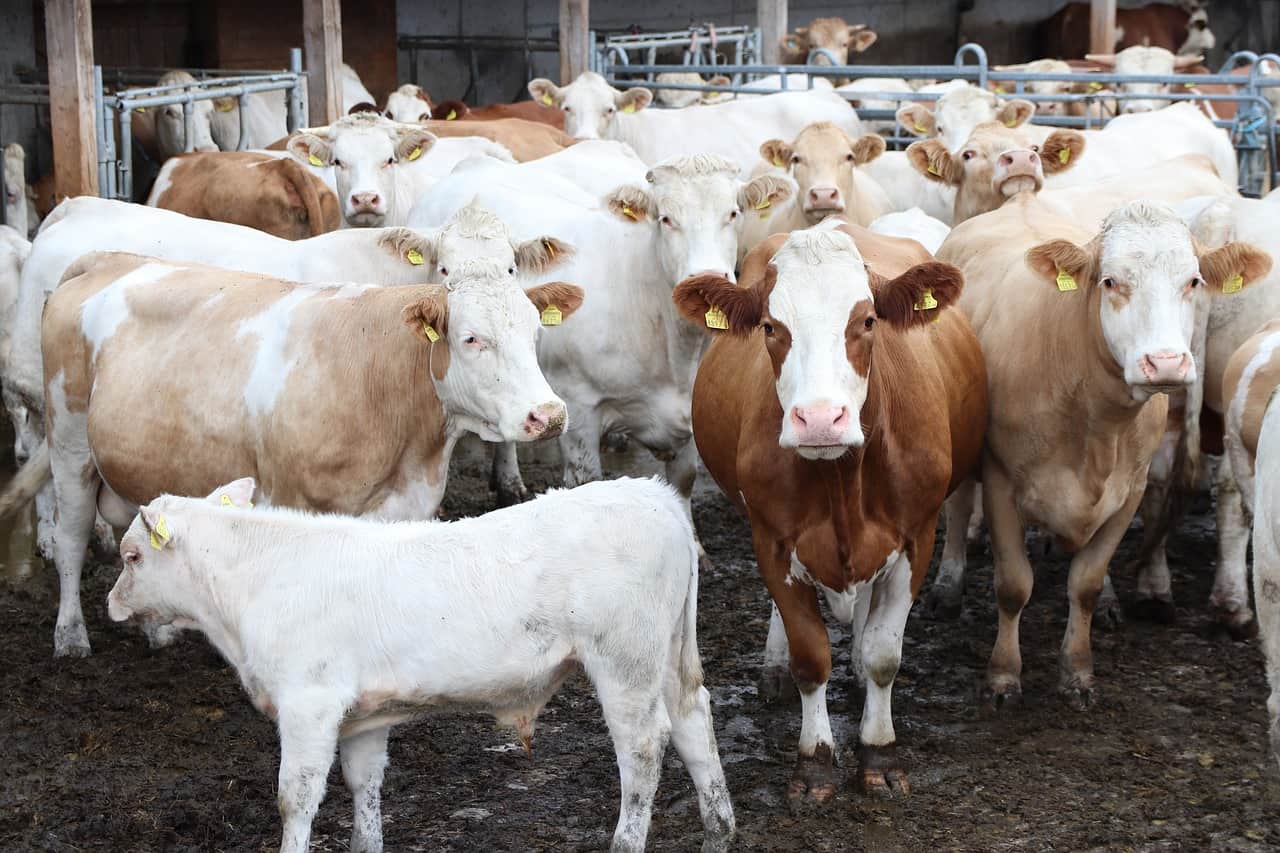
The government of New Zealand announced recently that it will sacrifice over 150,000 bovine heads to eradicate the Mycoplasma bovis bacterial disease after reaching an agreement with the zootechnics sector. Prime Minister Jacinda Ardern described as “difficult” the decision to implement this plan over the next 10 years and it will cost about 526 million euros.
Authorities expect the major part of the plan to be executed over the next two years, 68% of the costs will be covered by the New Zealand government and 32% by the DairyNZ and Beef Lamb New Zealand livestock organizations. The measure will affect 192 of the 20,000 existing cow farms in the country.
New Zealand authorities are investigating how this bacterium has arrived in the country, being detected for the first time in July 2017.
Mycoplasma bovis
The bacterium Mycoplasma bovis causes pneumonia and arthritis in cattle, as well as severe infections and abortions but does not affect people and does not pose a threat to food safety. Once the animals are infected, they may carry it for long periods of time without showing any symptoms. The disease is spread mainly through close contact between animals. Calves can become infected if they drink milk from infected cows.
Mycoplasma bovis was first confirmed in July 2017 on 2 cow farms from a South Canterbury enterprise. By the end of 2017, the disease had spread to 13 farms, predominantly in the Oamaru area.
Farmers are advised to look into certain symptoms in cows such as unusual mastitis in cattle that doesn’t respond to treatments, arthritis in cows and calves, later term abortion and pneumonia. Not all infected cows can become sick, but they can pass on the disease.
In March 2018, the number of infected farms had jumped from 129 to 299 over the course of just one week, despite frequent controls to restrict the movement of any risk goods, including animals.
There are approximately 10 million cows in New Zealand, which is about the double of the human population. Two thirds of the cows are grown for milk and dairy products, while the rest are grown as beef cattle.
Approximately 24,000 cows were already killed over the last months and another 128,000 will have to be put down over the next one or two years. New Zealand officials will wait until the end of 2018 to see if the eradication plan is working. This would be the first attempt made by a country to completely eradicate the Mycoplasma bovis disease.
The New Zealand dairy sector
The dairy sector is the largest goods export sector, at $13.6 billion in 2016, accounting for 3.5% of New Zealand’s total GDP. This sector exports twice as much as the meat sector and almost four times as much as the wood and wood products sector in New Zealand, a predominantly agricultural country. Much of the dairy exports are made to China, mostly for infant formula products.
More than 40,000 workers are employed in the dairy industry, with areas where additional workers are high in demand. Overall, the dairy industry has created new jobs faster than any other sector of New Zealand’s economy.

